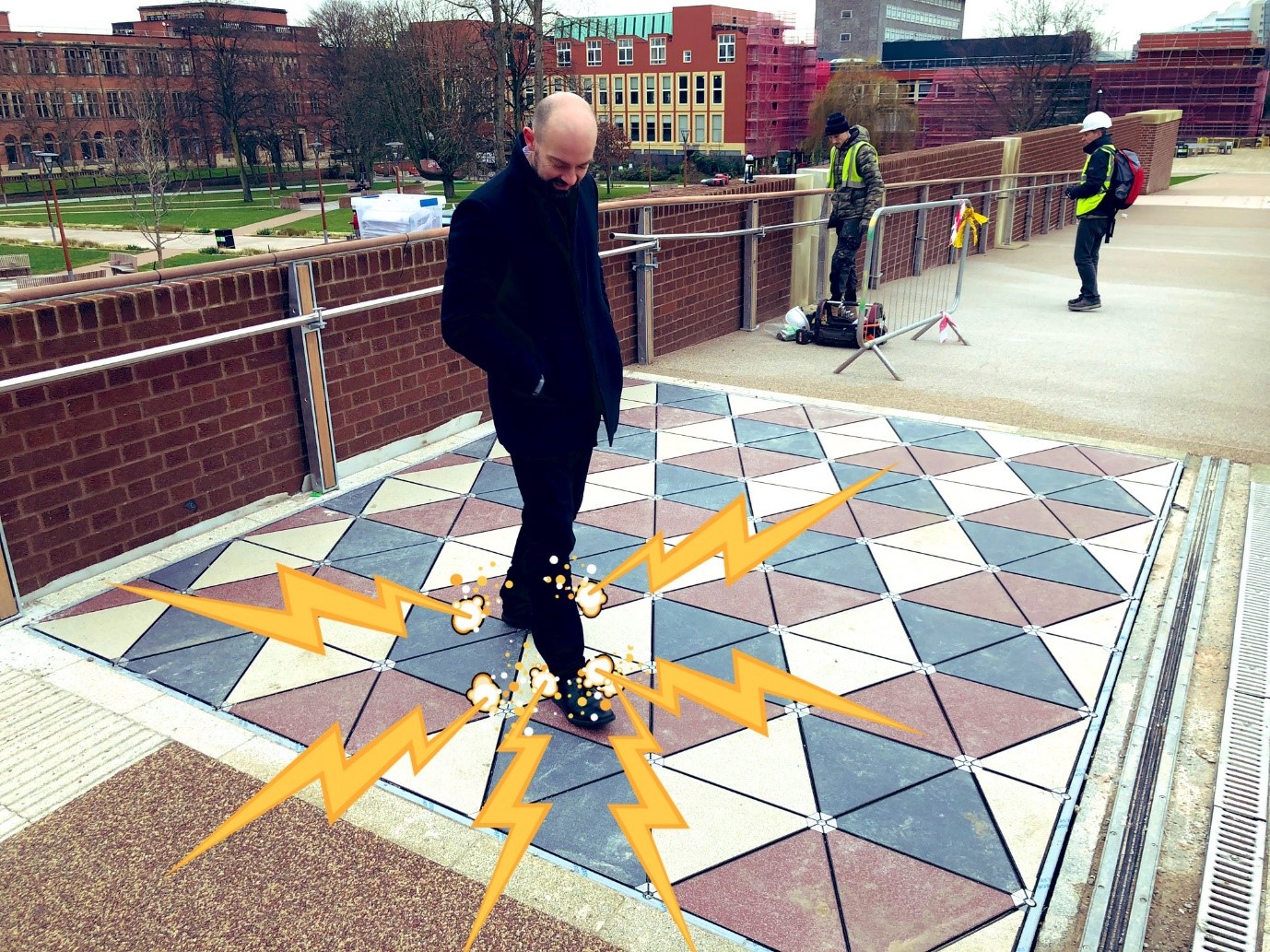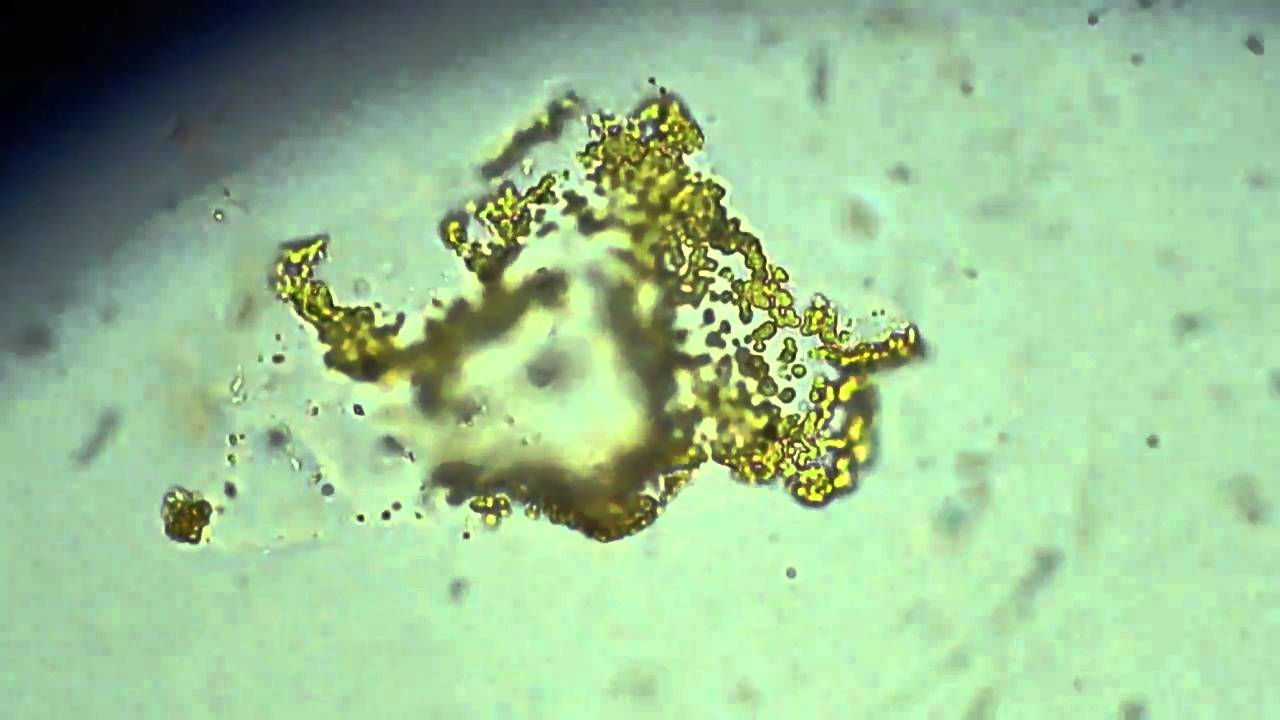
Wooden floors laced with silicon generate electricity from footsteps
Some materials can generate an electrical charge when they come into contact with another such material and are then separated, due to a phenomenon called the triboelectric effect.
Researchers found that although wood sits in the middle of this spectrum and doesn’t readily pass electrons, it can be altered to generate larger charges.
The team infused one panel of wood with Silicon, which picks up electrons on contact with an object. A second panel was infused with nanocrystals of zeolitic imidazolate, a compound containing metal ions and organic molecules, and these crystals tend to lose electrons.
The team found that this treatment made a device that contained both wooden panels 80 times more efficient than standard wood at transferring electrons, meaning it was powerful enough to light LED bulbs when human footsteps compressed the device and brought the two wooden panels into contact.
The engineered wood was fitted with electrodes from which the charge could be directed, and the team found that a 2X3.5 cm sample that was placed under 50 newtons of compression – an order of magnitude less than the force of a human footstep – was able to generate 24.3 volts.
A larger sample that was around the size of an A4 piece of paper was able to produce enough energy to drive household LED lamps and small electronic devices such as calculators.
Researchers hope to develop chemical coatings for wood that are more environmentally friendly and easier to manufacture, and that they could provide a green energy source for homes.
 English
English Arabic
Arabic


